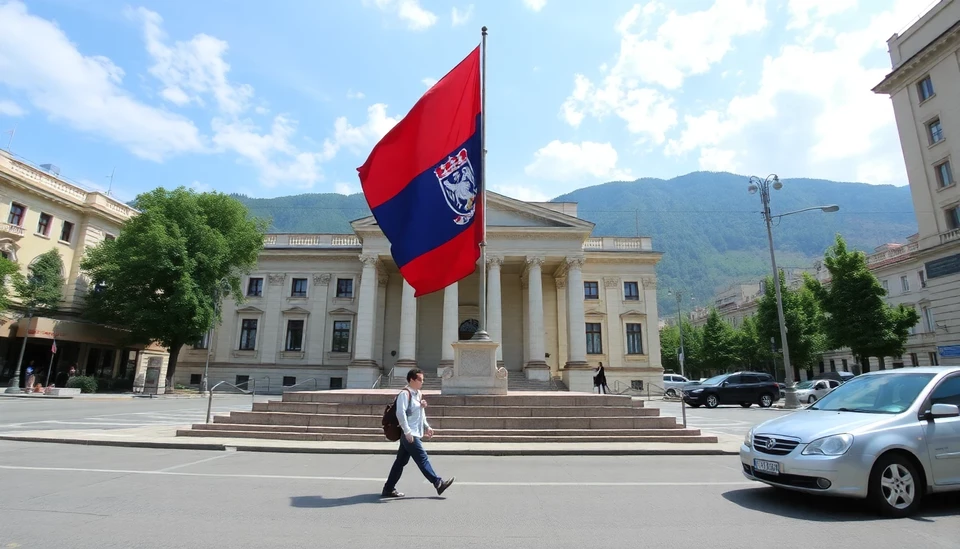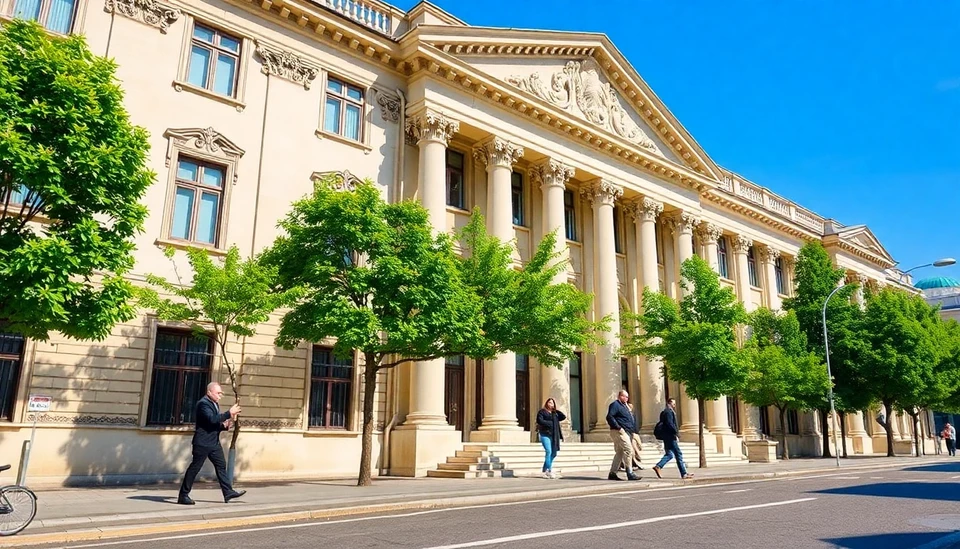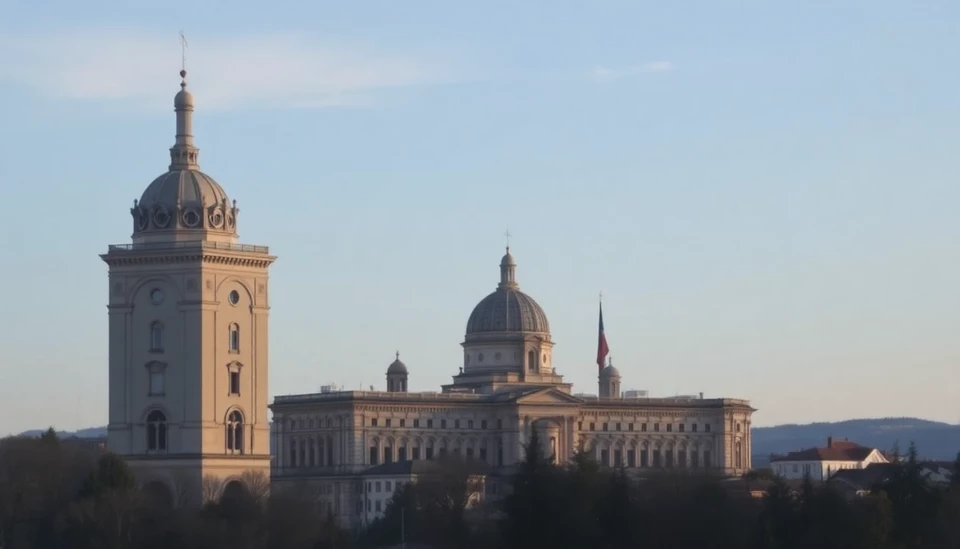
In a recent decision that has caught the attention of economists and markets alike, Serbia's central bank opted to keep its interest rates unchanged in light of ongoing inflationary pressures, despite signs of a weakening economy. The monetary policy committee of the National Bank of Serbia (NBS) convened and announced that it will maintain the benchmark interest rate at an elevated level of 5.5%, illustrating its commitment to combat persistent inflation that has plagued the nation.
The backdrop of this decision reflects a stark contrast in Serbia's economic landscape. While inflation remains elevated, the economy is showing signs of faltering. In March, Serbia’s inflation rate stood at an astonishing 15.5%, significantly higher than the central bank's target range of 3-5%. This near-record inflation rate is largely attributed to soaring energy prices and supply chain disruptions caused by geopolitical tensions and rising global commodity prices.
Despite attempts to rein in inflation through previous rate hikes, the NBS has found itself in a challenging position. Inflation measures remain stubbornly high, prompting the bank to prioritize stability over growth. The decision to hold rates steady indicates a cautious approach, attempting to balance the need for economic growth with the imperative to stabilize prices.
Market analysts suggest that the NBS's decision is a signal of its commitment to anti-inflationary measures, yet the lack of growth could lead to prolonged economic stagnation. Many businesses express concerns that sustained high rates could curtail investment and consumption, crucial drivers for a thriving economy. Consumer sentiment has also been impacted, as households grapple with rising costs of living, leading to lower spending levels.
Looking ahead, economists predict that Serbia may need to consider further adjustments to its monetary policy depending on the economic indicators in the coming months. The potential for a slower economic recovery raises questions about the long-term efficacy of the current rate strategy. Failure to address both inflation and growth comprehensively may result in tougher economic conditions for the Serbian populace.
This situation is reflective of broader trends observed across Central and Eastern Europe, where countries are grappling with the dual challenges of high inflation and marking economic growth post-pandemic. The NBS has thus positioned itself at a critical juncture, weighing the risk of tightening monetary policy against the need for economic stimulation amidst a backdrop of fluctuating global market conditions.
As Serbia navigates this intricate landscape, the decisions taken by the central bank will be crucial in shaping the future economic trajectory of the nation. Stakeholders are closely monitoring the developments, as they may set the stage for tougher economic times or pave the way for a resilient recovery.
In summary, Serbia's intent to maintain high interest rates underlines its struggle to curb inflation while facing economic stagnation, creating a complex backdrop where policy choices will critically influence the nation's financial stability in the months to come.
#Serbia #InterestRates #Inflation #Economy #CentralBank #NBS #EconomicStability #MarketTrends #FinancialNews
Author: Rachel Greene




